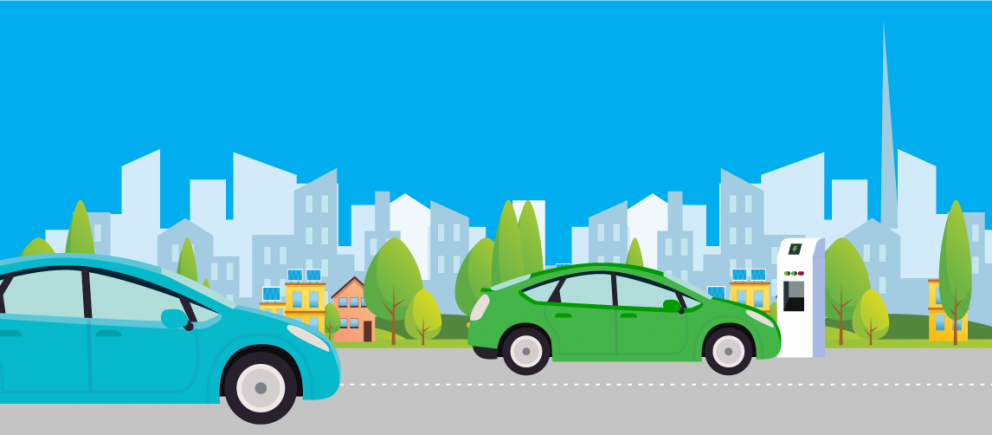
How to Drive Greener
Reducing your car's emissions is good for the environment and a cleaner car will also offer better performance, increased fuel economy and be cheaper to run.
Here’s how you can help drive greener to ensure you are reducing your car's emissions as much as possible.
We all have a part to play in helping to reduce emissions.
Reduce your driving emissions
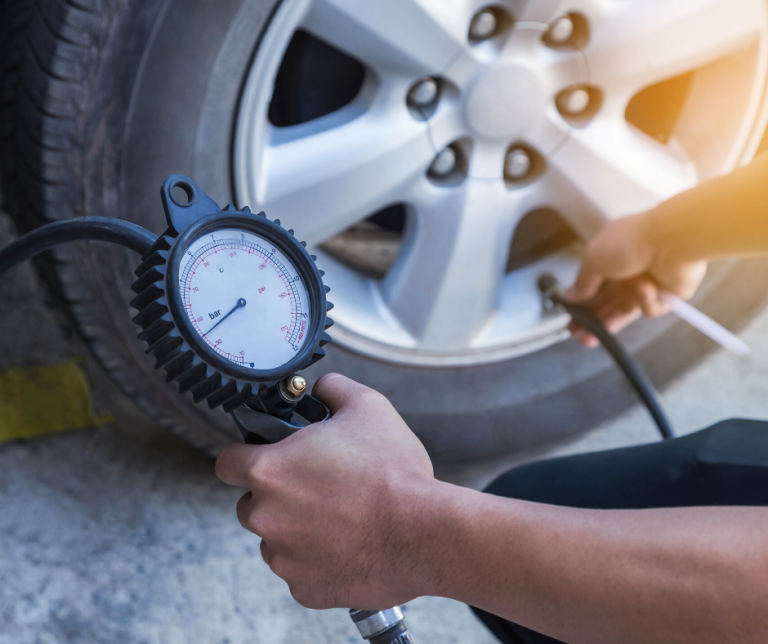
Check your tyre pressure
Using the correct tyre pressure (in accordance with manufacturer recommendations) can reduce emissions and fuel consumption. The tyre inflation pressures should be checked frequently in line with manufacture’s recommendations. The tyre pressure recommendations can be found in your car user manual, inside the car’s fuel cover and inside your car door.
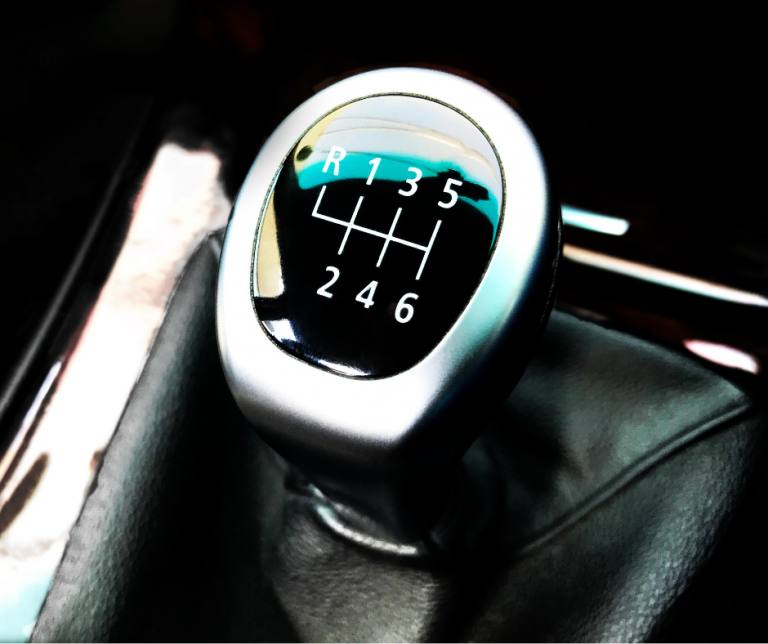
Driving style
Changing your driving style can have an impact on your vehicle’s emissions. Making an effort to change gear earlier, avoid unnecessary revving and harsh breaking are some small changes that can also help reduce vehicle wear and tear.

Reduce idle time
Idle time is when a vehicle is left running while stationed or stuck in traffic. Switching off your engine when the car is parked can use less fuel. If your car has a stop-start system, make sure it is switched on.

Aerodynamic efficiency
Consider removing unnecessary weight fitted on your vehicle (roof rack, bike carrier etc) when not in use, as these create a resistance or drag effect which increases vehicle emissions. By removing these items when not in use can also help to reduce fuel consumption.
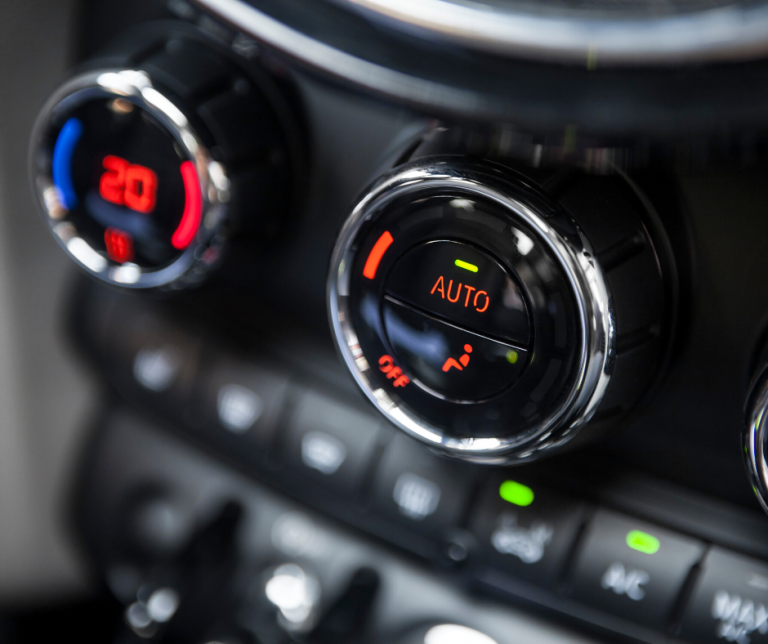
Air Conditioning System
The engine works harder using the air conditioning, increasing the vehicle emissions. A few miles before you reach your destination, turn off the air conditioning as the system will still continue to allow cool air to circulate via the fans. Using the vehicles climate control system may be more fuel efficient, as opening a car window creates a drag on the vehicle increasing fuel consumption and emissions.
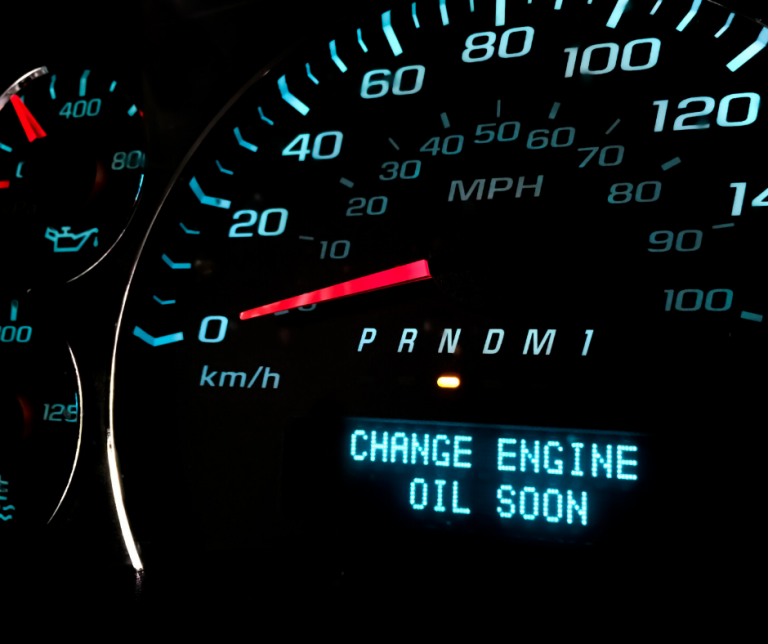
Change oil and air filter
The engine oil is the lifeblood of your vehicle. It is important to check your oil and follow manufacturers guidelines (car manual). The oil should be changed at regular intervals as per guidelines to keep your car running at optimum efficiency.
Airflow to the engine is reduced when an air filter is clogged up, deposits can build up, causing premature wear and tear. Consult the recommended service intervals for the best to change the filter.
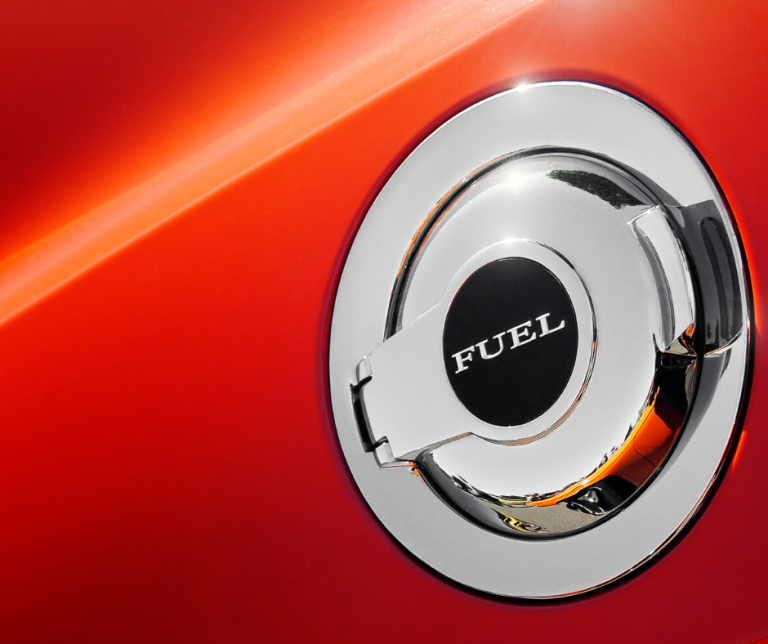
Cleaning Agent
Using a cleaning agent in your vehicle’s fuel system helps reduce any harmful deposits that can build up in the vehicle’s engine overtime. This process can lesson deposits and lower emissions.
Many diesel cars registered after September 2015 use AdBlue to reduce emissions. AdBlue is the trade name for a type of diesel exhaust fluid which breaks NOx in exhaust gases down into harmless elements before it’s expelled from the car.

Changing your car
Modern cars are more efficient and environmentally friendly. Manufacturers face increasingly stringent environmental legislation. The steps outlined above might lower the emissions of your existing vehicle, but a new/newer car will be more efficient in terms of your emissions
Reducing your Carbon Footprint through sensible driving behaviour:
Fuel-efficient driving, or "eco-driving", can significantly reduce fuel consumption and lower CO2 emissions
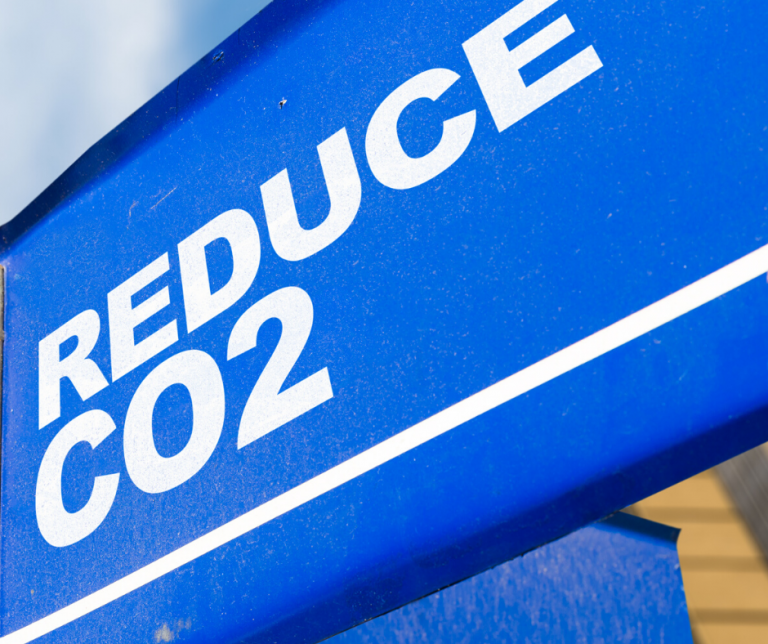
- Eco-driving is easy to apply:
-Shift into a higher gear early.
-Maintain a steady speed at highest possible gear.
-Anticipate traffic flow.
-Switch off the engine at short stops.
-Check and adjust the tyre pressure regularly.
-Make use of in-car fuel saving devices such as on-board computers and dynamic navigators.
-Get rid of surplus weight and unused roof racks. - More conscious of braking in Urban Traffic – soft braking is a better driving behaviour and more efficient on brakes and fuel.
- Only use air conditioning when necessary.
- On long drives, use the Cruise Control.
Eco-driving training can lead to a fuel economy of up to 25%, with a significant long-term effect of 7% under everyday driving conditions.
Maintaining Your Vehicle
As a car owner there are some basic vehicle maintenance checks that you should do between services. You have a legal responsibility to look after and maintain your car to a safe and road worthy condition.
The Road Safety Authority have produced a 12 Checks booklet which outlines how to carry out 12 checks that help to keep your vehicle in working order such as checking your 1. Tyres, 2. Battery, 3. Lights, 4 Engine oil, 5. Coolant and Antifreeze, 6. Power Steering Fluid, 7. Brake Fluid, 8. Windscreen Wash, 9. Windscreen and Wipers, 10. Safety Kit, 11. Tool Kit and 12. Warning Lights.
